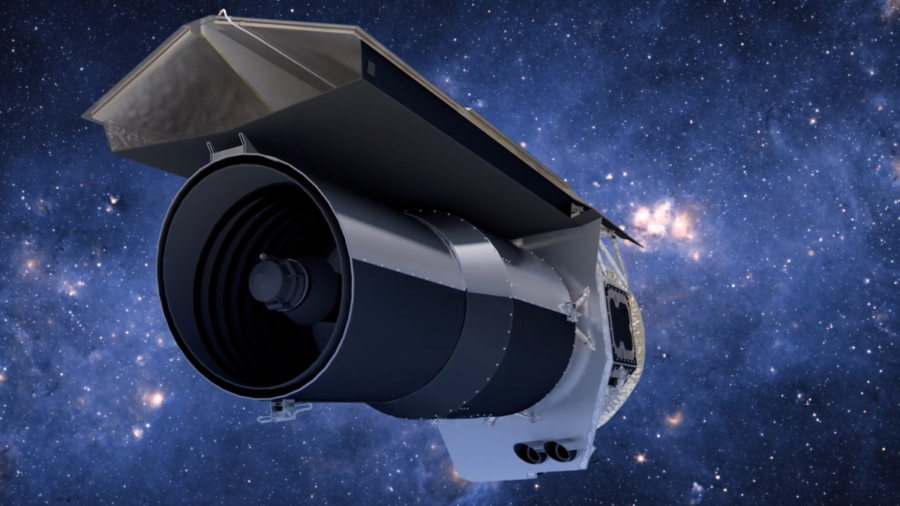An interstellar nebula known as NGC 7129 might have a boring name, but it caught astronomers’ attention due to its resemblance to a pink rose floating deep in the cosmos.
The following written content by John Murphy
Astronomers at NASA helped Americans celebrate Mother’s Day over the weekend with images of a galactic phenomenon that bears a striking resemblance to a rose. The wispy pink configuration looks like an interstellar rose floating far away in the depths of outer space, more than 3,000 light-years from Earth — the universe providing a symbol of enduring love for all the mothers Americans paid tribute to on Sunday.

NASA/JPL-Caltech/T. Megeath (Harvard-Smithsonian CfA)
NASA’s Spitzer Telescope captured the beautiful image in 2004. The rosy pink shades of the cloud are made of gas and dust and acts as a nursery for new stars to form. At least 130 young stars were detected inside the nebula, which is known as NGC 7129.
The gas and dust produced inside this cloud contained enough raw materials to form a thousand stars similar to the sun, according to scientists atCal Tech.
This roselike shape and vibrant red color come from energetic jets that stream away from newborn stars, according to NASA.
“As in any nursery, mayhem reigns. Within the astronomically brief period of a million years, the stars have managed to blow a large, irregular bubble in the molecular cloud that once enveloped them like a cocoon,” the Jet Propulsion Laboratory at California Institute of Technology said in a statement.
The radiation from these new cluster stars will eventually destroy surrounding placental material, causing the stars to begin a slow drift apart. NGC 7129 is thought to be a few million years young, according to NASA.
At 3,300 light-years away, this interstellar rose would take quite a journey to reach. However, Spitzer was able to capture this image of the nebula using infrared light. The infrared array camera on the telescope is sensitive to invisible infrared light and can capture images at wavelengths about 10 times longer than visible light. Read more from AccuWeather.





